Racquet Classifications
If you look at most tennis websites, they separate racquets into 3 classes: “player’s”, “tweener” or “game improvement” models. I feel there should be more, and have come up with my own groupings for your consideration, some the same, but a couple of new ones that should be helpful. After all, we’re IART, and we should be better!
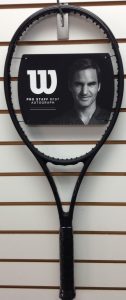
- Player’s Frames: This classification is fine, as far as most other sources go, but I limit it somewhat.
“Players” tend to have quite big, powerful swings, and can handle a heavier racquet, so I limit my “player’s” category to those at or over 315 grams. The beams will, of course, be more narrow (a maximum of 23mm), and head sizes will stop at 100 square inches. This segment encompasses racquets like :
Wilson Pro Staff RF97
Wilson Pro Staff 97
Tecnifibre TF 40 315
Tecnifibre TFight 315/320
Volkl VCell 10 315
Volkl VCell 8 315
Babolat Pure Strike Tour
Head Prestige Pro
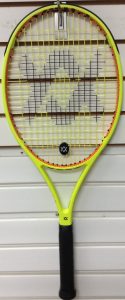
- “Light” Player’s Frames: If we make a category too large, some of our customers could get frustrated by trying racquets that are not suited for them. So, I’ve broken up this listing and included “player’s frames” under 315 grams. We might call these “modern” player’s frames, since the modern style swings the racquet more quickly up the back of the ball for topspin, and a lighter frame makes that easier. A lot more of our customers will fall into this area, both juniors, women and older men (like me!). The other specs — beams, head sizes, and the like — will be quite similar, enabling former (or future) “players” to have their cake and eat it, too.
In this category, I include frames like:
Wilson Pro Staff UL
Wilson Blade 104
Wilson Blade 98
Tecnifibre TF40 305
Tecnifibre TFight 280/295/300/305
Volkl VCell 10 300
Volkl VCell 8 285/300
Babolat Pure Strike 98/100
Head Speed MP

- Tweener Frames: Even though I HATE this name, it’s part of the conversation now, so we’ll use it.
Located in between the player’s and game improvement genres, these tend to be applicable to, and popular with, a wide variety of players. Beams are slightly wider (24-26mm for most), weights somewhat lower (300g is the most common, but some are much lighter), and head sizes in the 100-105 square inch area. The Babolat Pure Drive started this category, and everyone seems to have at least one in their lineup.
In this grouping you can find:
Babolat Pure Drive
Babolat Pure Aero
Head Instinct
Solinco Blackout
Wilson Ultra 100
Volkl VCell 6
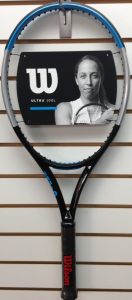
- “Light” Tweener: Like the player’s segment above, I put these into weight classes so younger/older/weaker players can find a frame to their liking out of sub-10-ounce frames like:
Babolat Pure Drive Lite
Wilson Ultra 100UL
Head Instinct Team L
Volkl VCell 5

- Game Improvement Frames: Another common term that actually works. Beginners and seniors flock to these racquets because, yes, they “improve” their games by providing larger sweet spots, easier power, more maneuverability and easier swinging for those with “less developed” games.
Usually quite light — some are below 240g (8.4 oz) — they also tend to be somewhat longer than the standard 27”, have much larger head sizes (up to the legal maximum of 135 square inches), very wide beams (27mm+), and usually, some other technology to add power to a short swing.
All of this tends to come with the highest prices (tech ain’t cheap!).
In this group you’ll find:
Volkl VCell 1/2/3
Gamma Big Bubba
Dunlop LX series
Head PWR series
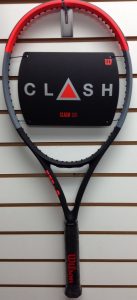
- Comfort Frames: These racquets exist to do one thing, mainly: give the player a softer, easier impact, even at the loss of power and/or feel. Weights, head sizes, lengths, flex,etc., can vary, and there is usually a “tech” selling point that contributes to their comfort profile.
Players with arm, shoulder or wrist problems should start their racquet search in this area with frames like:
Wilson Clash series
Wilson Triad series
Volkl V1 series
Tecnifibre X1 series
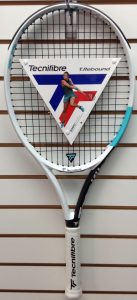
- Women’s Frames: We could argue these belong in the “tweener” line all you want, and I do include it largely to one company (Tecnifibre), but this area is designed with ladies in mind. If you don’t sell them, you should strongly consider it.
Designed with lighter weights, shorter lengths, and noticeably lower swing weights, these are incredibly easy to maneuver for players of smaller stature (with some noticeable exceptions, women tend to be shorter and weaker than men).
A lot of ladies can start — and end — their racquet search with Tecnifibre’s TRebound series.
And there you have it. I use this lineup to more easily group my players into the right segment for their playing style, and make their decision easier than my competitors which could give them too many choices (which players tend to hate). I arrange my racquet wall like this and don’t even note it (customers don’t have to find things themselves this way, and I can guide them through the differences: “You have tennis elbow. You don’t need a tweener racquet; you need a “comfort” tweener racquet!).
It’s another way I try to separate myself from the crowd, and I think it works.
If you’re a racquet technician and would like to join a community of like-minded people please visit our Membership page at www.gssalliance.com/join/ to join us. Already a basic member? You’ll find an easy upgrade link on the join page to become a Premium member.
IART Premium Members have FULL access to all content and exclusive membership directories. Knowledge is power, so become a Premium member and get THAT power!

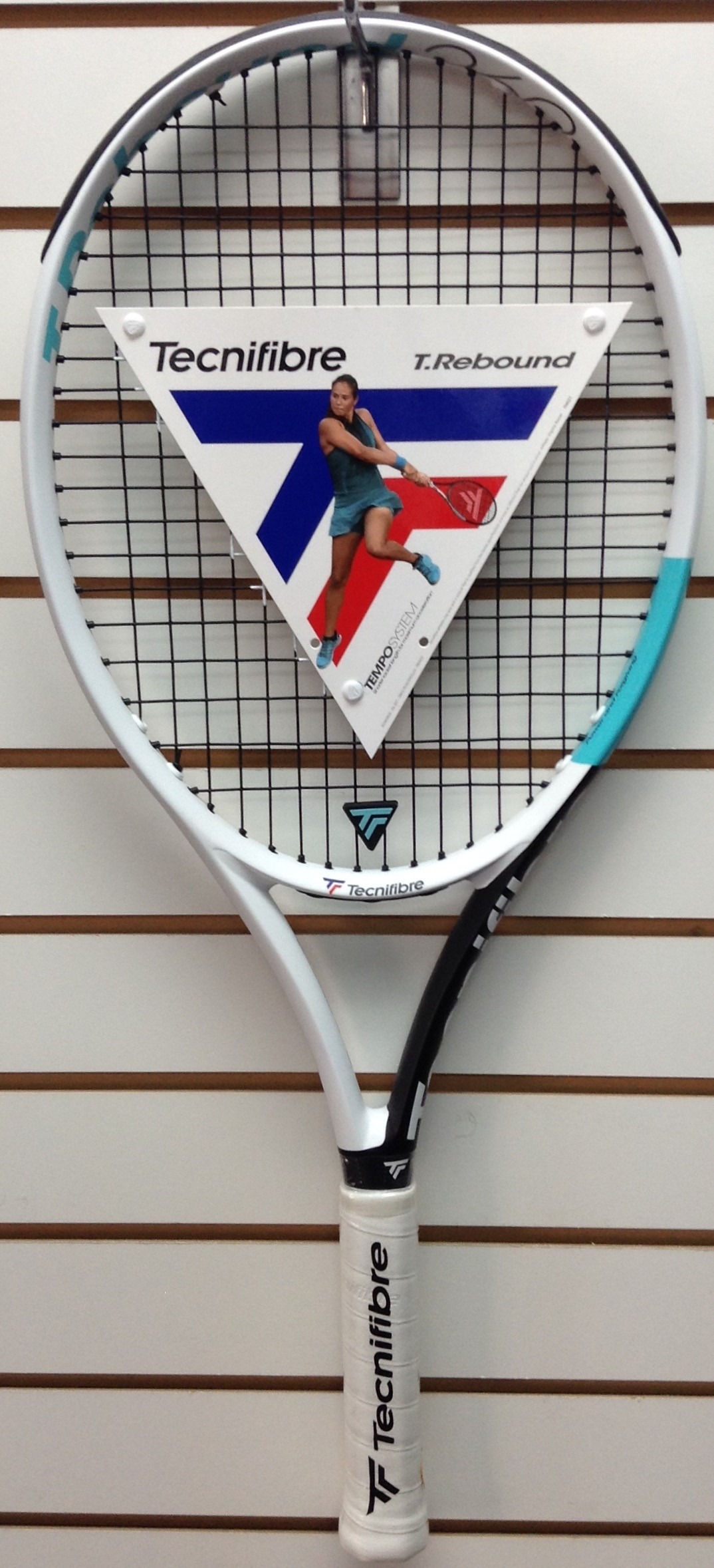
Comments (3)
Great points made in this article Matt!
Your racquet classifications make perfect sense. Once your customers understand how it applies to them, I can see how your racquet wall arrangement simplifies the process and would make them feel more confident that they’re buying from an expert!
Of course, it doesn’t end there . . . your personalized stringing service will keep them coming back too!
Like you, I hate the term “tweener”. Hard to explain to someone that Nadal uses a “tweener”. But, we’re almost forced to use the terms. I don’t sell rackets, but one of the clubs I string for is a Yonex dealer. It’s kind of tough to separate those frames into the existing categories I think. In a Yonex display, you’d explain, “Well, these 2 have specs that are almost identical, but this ones a players frame and this ones a tweener”. I was always a Pro Kennex fan, so I can see some of their models fitting into more than 1 category too. But, if you’re selling them, you have to get people looking in the right direction, so you have to have categories. I like you having more than 3 also.
I get it, Steve. I gave thought to a “player’s tweener” category and may still add it in the future!